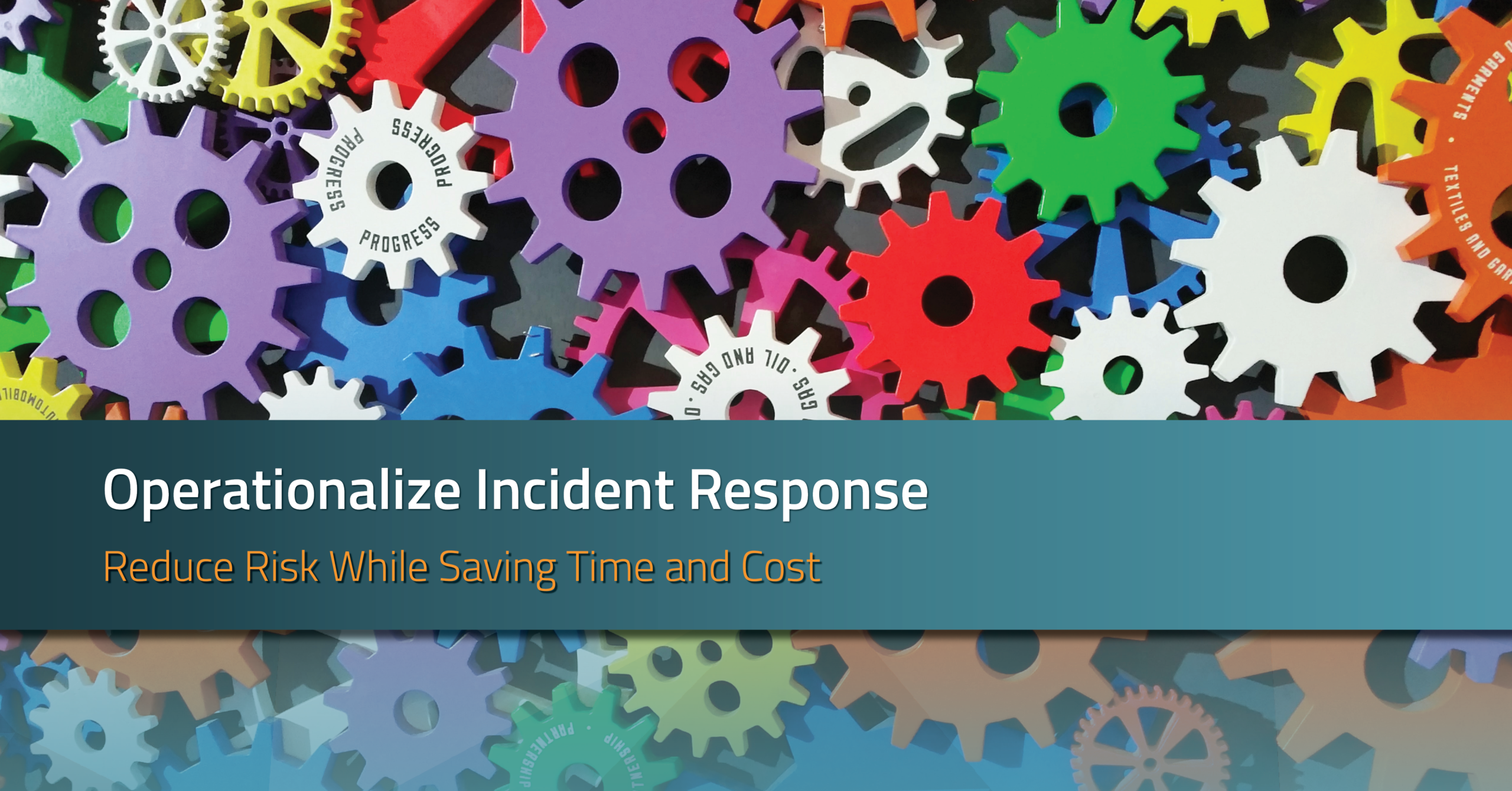- Lessons learned from the golden age of automation
- An operational approach to incident management
- Minimize the time and resources required to manage incidents
Read more below.
Reduce Risk While Saving Time and Cost
In our golden age of automation, many organizations have not yet found a way to operationalize incident response in a way that aligns departments, mitigates risk, and drives efficiency. As one of America’s famous industrialists and innovators, many of Henry Ford’s pioneering efforts and business principles apply today. In addition to founding Ford Motor Company, Ford fine-tuned assembly-line production to reduce the time it took to build a car from more than 12 hours to 93 minutes, to making quality automobiles affordable for the masses. Talk about using automation to improve operational efficiency!
Fast-forward 108 years. As companies in all industries manage the headaches of privacy incidents, with a typical organization risk assessing an average of 100 incidents per month. Many of the steps involved in the incident response management process are still done manually.
Consider this: it takes an average of 283.3 hours from privacy incident discovery to complete a risk assessment. Imagine if, as a privacy professional, you could reduce time spent on incident assessment by 50%?
Automation in privacy incident response can help you fine-tune the overall process — while reducing your organization’s risks — by eliminating the subjectivity and inconsistency that is inherent in manual approaches. A manual incident response process can increase the risk of under- or over-reporting and can lead to added costs as a result of fines, or lost revenue as a result of reputational damage.
Learn how automated incident response management can help organizations realize operational efficiency and business benefits, in The Business Case for an Automated Incident Response Management Solution.
An Operational Approach to Incident Management
“Quality means doing it right when no one is looking,” stated Ford. When managing privacy incidents, however, everyone is looking.
When it comes to compliance with data breach notification laws that impose strict notification requirements, each incident must be risk-assessed in accordance with all of the federal, state, and international laws where the entity conducts business or the affected individuals reside. The time required to handle all of these steps — incident intake, incident assessment, notification decision, documentation, legal review, reporting — can be extensive.
From the moment an incident is discovered, the clock is ticking. Since GDPR passed in 2018, organizations around the world have come to see the 72-hour notification deadline as the new standard, and several laws have followed suit in requiring more stringent notification timelines. “The question you must accept isn’t whether security incidents will occur, but rather how quickly they can be identified and resolved,” states Rob McMillan, managing vice president of Gartner. When it comes to the incident response process, Gartner recommends that organizations implement operational response. “Organizations now recognize that ‘incidents’ are not just a point-in-time issue, but rather a continuous problem for IT to confront,” says McMillan.
Explore IR with Radar
Reduce Risk, While Saving Time and Cost
“Through automated orchestration, incident response platforms help response teams minimize the time and resources required to manage incidents,” voices TechRadius. For a time-savings comparison of conducting incident response manually vs. conducting incident response leveraging an intelligent incident response solution, take a look at Driving ROI The Business Case for an Automated Incident Response Management Solution [7-minute read].
Incorporating a consistent, defensible incident risk assessment process with Radar will ensure consistency and accuracy, accelerate the decision-making process, and eliminate the risk of over- and under-notifying. The 2021 Privacy Incident Benchmark Report offers insights about real-life incident response management — including causes of privacy incidents and how different industries compare — and how organizations can identify inefficiencies and improve their processes.
In a recent Privacy Collective Q&A session, 50% of participants said they had to provide ROI or cost justification for their privacy budgets. Tammy Klein, partner at Hobson & Company, discusses the methodology behind generating accurate and actionable ROI metrics within privacy programs. She advocates grouping the ROI benefits into three high-level strategic objectives:
- Saving time and costs
- Reducing risk
- Building trust
Read Justifying Privacy Program Costs: From Story to Metrics to ROI to learn more.
Henry Ford was an innovator, forward-thinker, and wise. Much like Radar incident response software. “Most people spend more time and energy going around problems than in trying to solve them,” Ford once said. At RadarFirst, we agree. Whether it’s decreasing the time spent on incident assessments, increasing the consistency of the incident management processes, or reducing the chances of damage to brand reputation. Problems solved.


